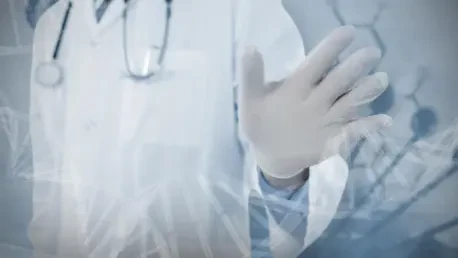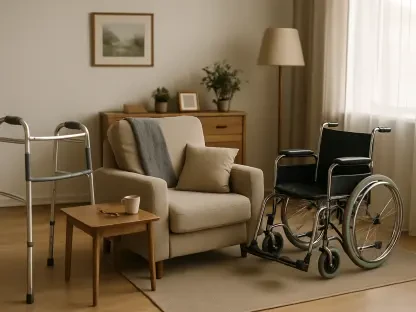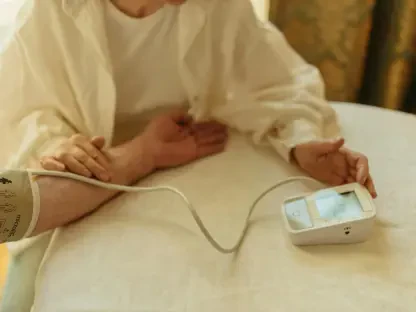The Government Medical College (GMC) Baramulla is on the brink of a transformation with forthcoming enhancements to its healthcare infrastructure. This development has stirred discussions on whether new facilities might be a turning point in the medical landscape of the region. At the core of these upgrades is the installation of a cutting-edge 3 Tesla MRI machine, an investment valued at Rs 25 crore, alongside a state-of-the-art Cath Lab costing Rs 12.50 crore. Both are expected to be fully operational by the close of the current fiscal year. The anticipation lies in these improvements bolstering diagnostic and interventional capabilities at GMC Baramulla, a move projected to reduce the patient overload experienced by tertiary hospitals in Srinagar. The initiative seeks to cater to the healthcare demands of the northern districts, bringing sophisticated medical options closer to the community.
Enhancing Medical Infrastructure
The grand scheme involved in this healthcare upgrade focuses not solely on high-tech equipment but also on expanding physical space and services offered by GMC Baramulla. Approximately 50 kanal of land is being developed to house a new Out-Patient Department (OPD) block, coupled with a diagnostic block and a mortuary. This expansion is set to substantially increase patient capacity, thus significantly improving the quality of care provided. The new infrastructure is destined to position GMC Baramulla as a crucial referral center, potentially transforming healthcare prospects in the region. Moreover, plans include enriching sub-district hospitals with digital and AI-enhanced X-ray systems. This strategy incorporates a decentralized approach intending to serve remote areas by offering vital diagnostic and lifesaving facilities closer to their homes.
Broader Impact and Strategic Planning
A recent meeting at the Civil Secretariat centered around strategies for fortifying Baramulla’s healthcare ecosystem, underscored the importance of strengthening primary and secondary healthcare infrastructures. Chaired by Sakeena Itoo, Minister for Health and Medical Education, alongside Chief Minister Omar Abdullah, the gathering focused on ensuring well-rounded support for health centers in the region. Discussions highlighted the necessity of installing digital X-ray services at GMC Baramulla and the provision of a 104 Ambulance vehicle, aiming to enhance emergency care transport. Furthermore, the meeting emphasized leveraging the Hospital Development Fund to address basic amenities and swiftly resolve any non-functional medical equipment. These efforts are complemented by a call for efficient staffing, transparency in resource allocation, and vigilant monitoring.
Future Prospects
The potential impacts of these initiatives stretch far beyond immediate infrastructural enhancements, offering long-term benefits that could redefine healthcare delivery in Baramulla. By aligning various strategic resources and ensuring consistent oversight, the region can anticipate a more robust healthcare system. The commitment to improve staffing and maintain transparency in operations holds promise for a sustainable model that may inspire similar developments elsewhere. As GMC Baramulla evolves, its transition into a central referral hub could lead to progressive shifts, extending its services to alleviate pressures from tertiary facilities and improve accessibility for northern Kashmir’s populace. The blueprint laid out signifies a proactive approach where future enhancements may continue bridging healthcare gaps, ultimately striving toward revolutionizing medical care accessibility and efficiency within the area.









